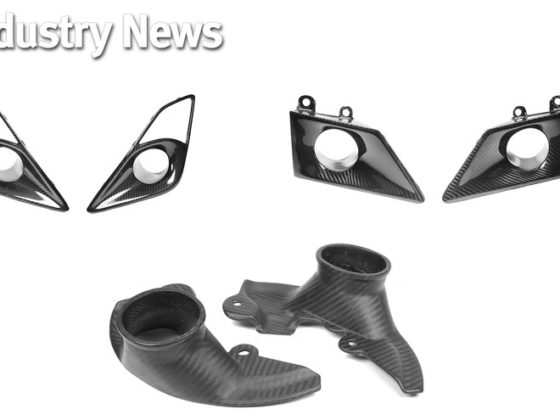,

Earl's Flame Guard is a rubber jacket with an inner fiber glass sleeve that is a self extinguishing heat barrier. With the extended stints of wide open throttle associated with land speed racing, heat management in the engine compartment is a must. Note the DEI turbine housing blanket, master cylinder heat shield wrapped in heat reflective gold foil, and thermal wrap around the brake fluid reservoir.

With all of the components of our turbo system covered, let's spend a little bit of time covering how we chose our turbo. To figure out which turbo would best suit our rather unorthodox application, we used Borg Warner's online turbo matching tool called MatchBot. At first look, the MatchBot application is intimidating as hell… even with that friendly little robot logo. The good thing is Borg Warner has a series of YouTube videos that give you a step by step explanation of how to work Match Bot. If you have the patience and perseverance, Borg Warner's online tool is an invaluable tool which will reward you with a properly sized and performing turbo in the end.
One of the main hurdles for me was figuring out information like volumetric efficiency on a motor that didn't exist yet. So we used the closest thing to an SR15VET that we could and applied numbers typical of a Honda B16A3. With its 1.6 L of displacement, high flowing head, and variable valve lift system we felt that the Honda B16A3 engine was a good match to our SR15VET 20V.

From talking to Geoff Raicer at Full Race Motorsports, we had a good idea that the best turbo for our application would either be an EFR 8374 or EFR 7670. We started out by plotting the 7670. Reviewing the compressor map, it looks like we'd be pushing the smaller 7670 out of its efficiency range at higher RPMS with our desired boost levels.

We tried the 8374 next, which showed the compressor working in a better efficiency range at high RPM. What made us nervous though, was how close we were to the surge line below 6,000 RPM.
The gamble came down between operating the 7670 out of its efficiency range at our 35 psi boost target. On the other hand, the EFR 8374 could be plagued with surge issues. In the end, we decided to go with the EFR 8374 knowing that we could always get creative with anti lag system to get us off the starting line.

The last step in Borg Warner's MatchBot tool was to use the turbine sizing selector to help select a turbine housing size for the EFR 8374. There are three choices of turbine housings available for the EFR 8374, .83, .92, or 1.05 A/R. The smaller A/R housing would be more responsive at lower RPMS but would begin choking flow at high RPM. Since Project 240SX LSR is not in the business of getting groceries or even hot lapping Button Raceway for that matter, our concern wasn't with making power at low RPM. Hence, the boost curve entered with a mere 4 psi at 4,000 RPM. Instead, we were solely concerned with producing the 30-35 PSI of boost, which we estimated was needed to achieve 500 plus horsepower. With this in mind, we chose the largest 1.05 A/R housing.
Before Project 240SX LSR hit the dyno, there were a lot of people that were skeptical that such a small engine could spool such a large turbo. In the end, there are two land speed records in the books that say otherwise and validate the value of Borg Warner's MatchBot turbo matching program.





